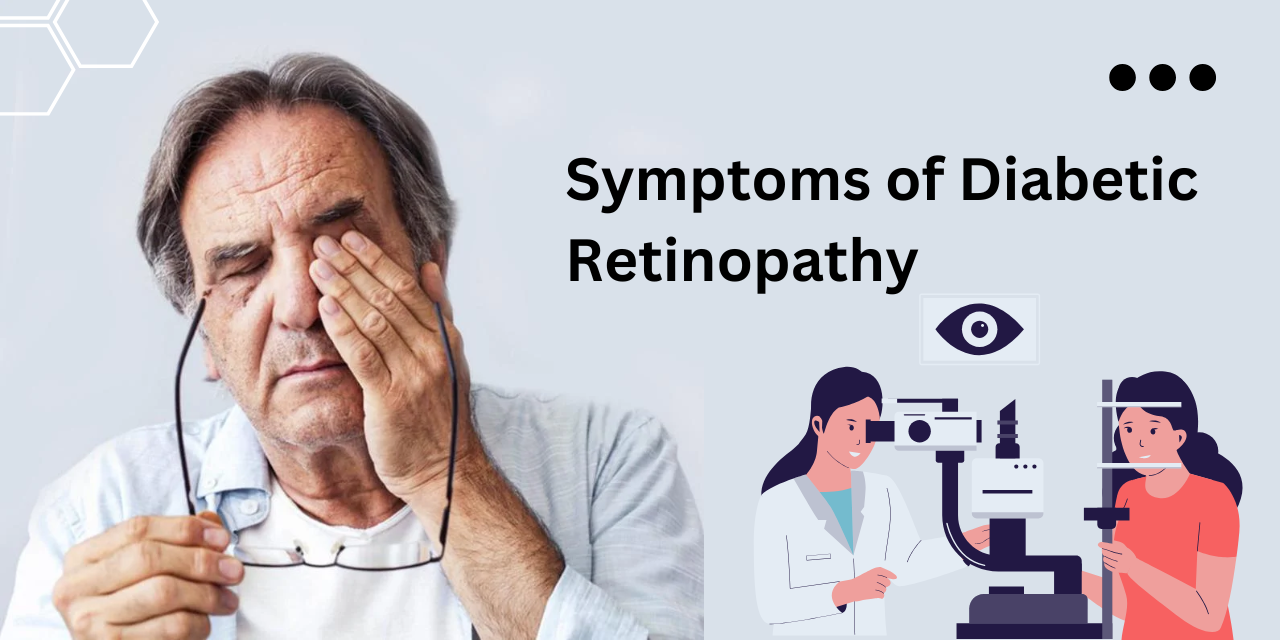Diabetic retinopathy is a common complication of diabetes that can lead to vision loss if not detected and treated early. As blood sugar levels fluctuate, they can damage the blood vessels in the retina, leading to serious consequences. Awareness of the early symptoms is crucial for individuals with diabetes to seek timely medical intervention and protect their vision. In this article, we’ll discuss the early symptoms of diabetic retinopathy and what steps you can take to monitor your eye health.
Understanding Diabetic Retinopathy
Diabetic retinopathy occurs in stages, starting with mild changes that can go unnoticed. It primarily affects individuals with diabetes, especially those with poorly controlled blood sugar levels over an extended period. The condition can progress silently, making regular eye exams essential for early detection.
The Stages of Diabetic Retinopathy
- Mild Nonproliferative Retinopathy (NPDR): At this stage, small areas of swelling called microaneurysms develop in the blood vessels of the retina. Many people do not experience any symptoms.
- Moderate NPDR: The blood vessels may become blocked, leading to more significant retinal damage. Some individuals may start to notice slight changes in their vision.
- Severe NPDR: More blood vessels become blocked, and new abnormal blood vessels may begin to grow. Symptoms can start to become more noticeable.
- Proliferative Diabetic Retinopathy (PDR): This advanced stage involves the growth of new blood vessels that can bleed into the retina, causing severe vision impairment and possibly leading to blindness.
Early Symptoms of Diabetic Retinopathy
Recognizing the early symptoms of diabetic retinopathy can make a significant difference in preventing vision loss. Here are some signs to watch for:
➼ Blurred Vision
Blurred or distorted vision is often one of the first noticeable symptoms of diabetic retinopathy. Patients may find it challenging to read or focus on objects, and this can fluctuate, worsening with changes in blood sugar levels.
➼ Difficulty Seeing at Night
Many individuals with diabetic retinopathy experience trouble seeing in low-light conditions. This symptom can progress, making it difficult to drive at night or navigate poorly lit areas.
➼ Spotting or Floaters
The presence of dark spots or floaters in the field of vision can indicate bleeding in the retina. Floaters are tiny specks that drift across your vision and may become more frequent as the condition progresses.
➼ Shadows or Dark Areas
People may notice the appearance of shadows or dark areas in their central or peripheral vision. This symptom can indicate serious changes occurring in the retina and should prompt immediate medical attention.
➼ Sudden Vision Loss
While sudden vision loss is less common, it can occur due to bleeding from abnormal blood vessels in the retina. This is a medical emergency, and individuals experiencing sudden vision loss should seek immediate care.
➼ Changes in Color Vision
Some individuals may experience changes in color perception, noticing that colors appear dull or less vibrant than before. This can be an early indicator of retinal damage.
Conclusion
Diabetic retinopathy is a serious condition that can lead to vision loss if left untreated. Recognizing the early symptoms—such as blurred vision, difficulty seeing at night, and the presence of floaters—can help individuals take action before irreversible damage occurs. Regular eye exams, blood sugar management, and lifestyle modifications are essential for maintaining eye health. If you notice any of these symptoms, contact your eye care provider promptly to discuss your concerns and develop a proactive plan for your eye health.
At Neeraj Eye Hospital, one of the best eye hospitals in Chandigarh, Dr.Neeraj Sood is dedicated to providing comprehensive eye care. For more information or to schedule an appointment, call +911725078320.













